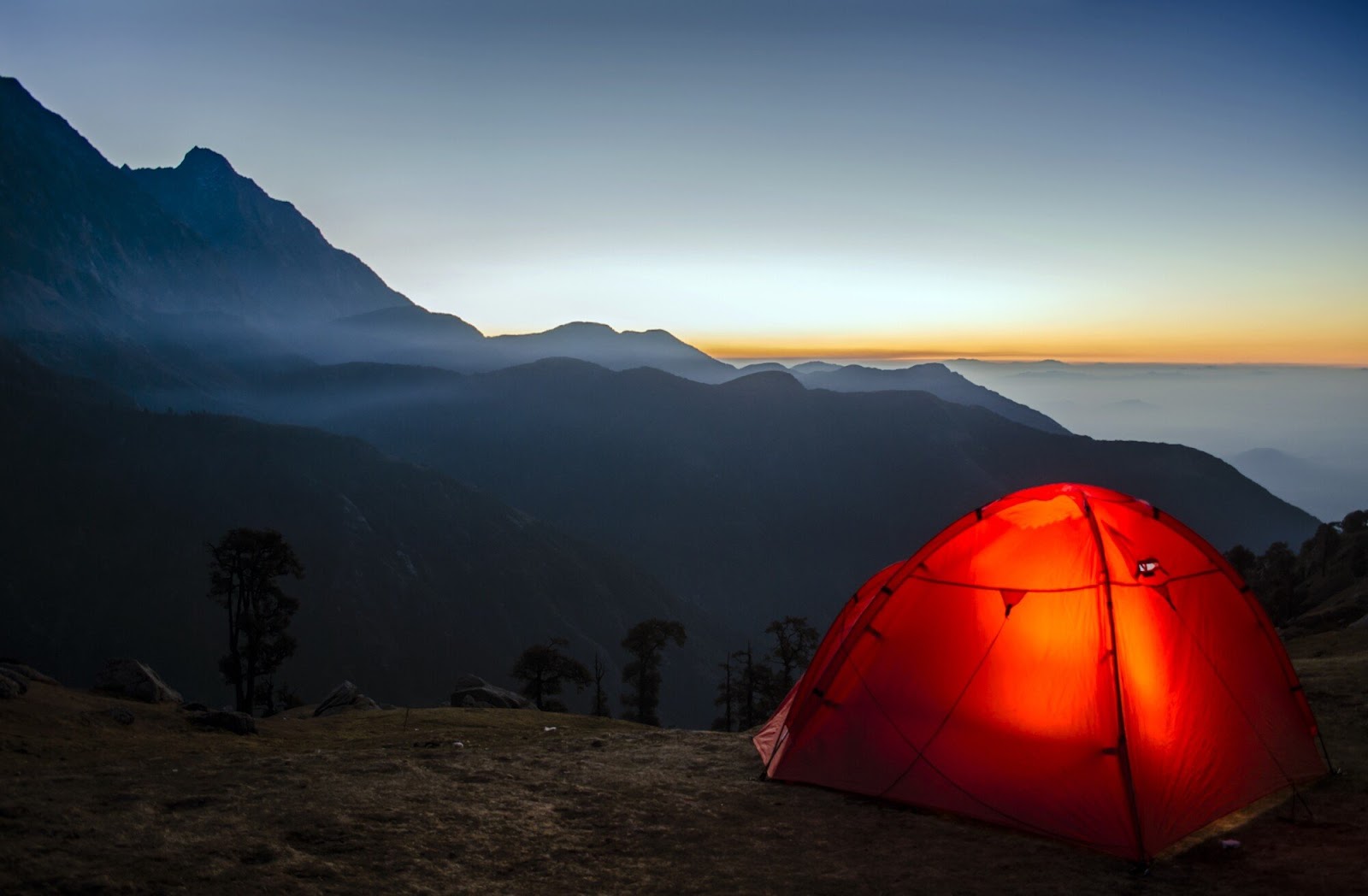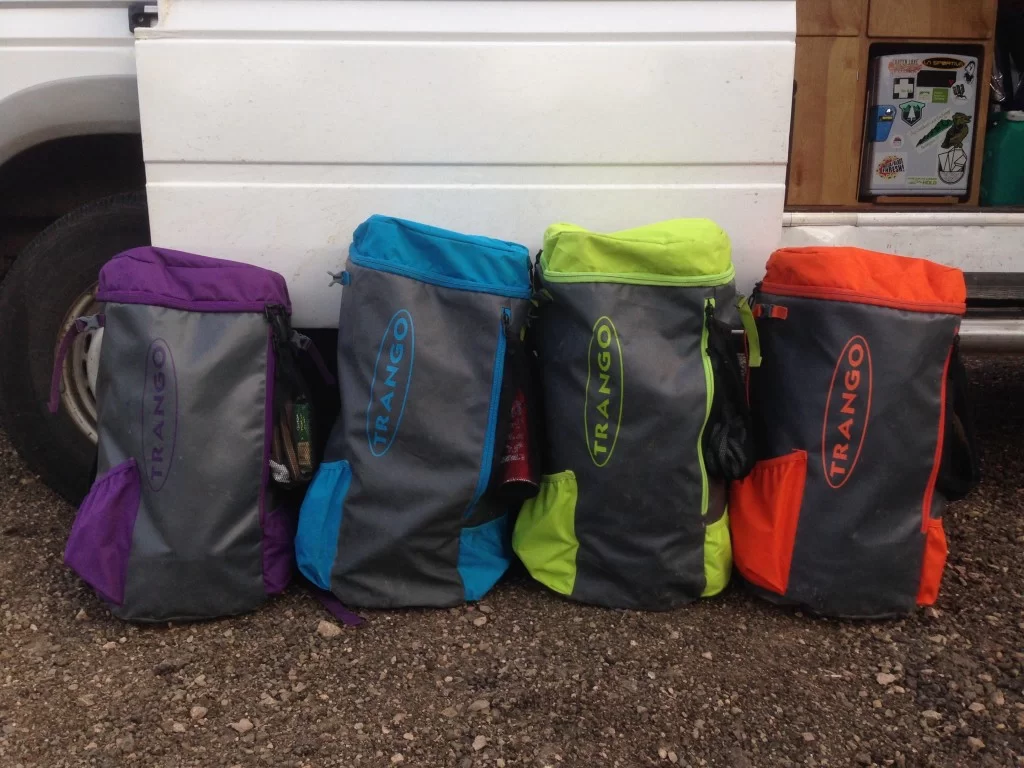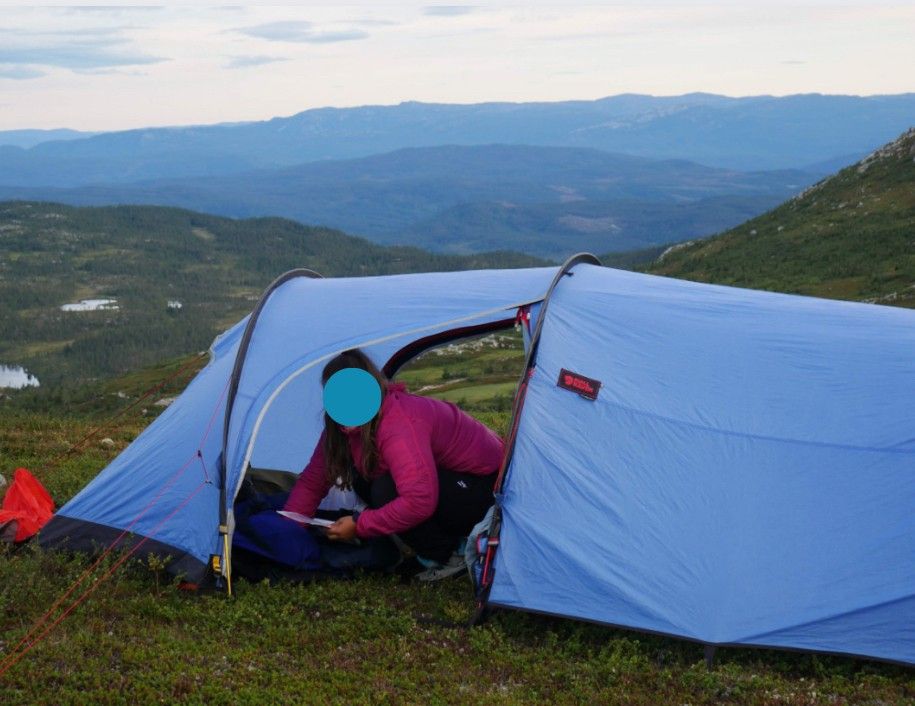Weather-resistance
The Patagonia Adze is constructed with a DWR-treated softshell exterior that is ninety percent Polyester and ten percent Spandex. Unsurprisingly, of all the jackets in the test, the Adze provided the highest degree of weather- and water-resistance. Although it is not waterproof, our testers found they remained dry due to the softshell’s ability to mitigate water soaking through the fabric when riding through icy puddles or in falling snow in both urban commuting and on mountain biking trails. It also provided the highest degree of protection in cold and gusty winds in temperatures as low as negative eighteen degrees.
Even though the Adze is not a cycling-specific jacket, its longer tail provided the same amount of extended coverage in the back as the cycling-specific jackets. However, its longer front tended to bunch up at the waist when in the more aggressive riding positions.
Breathability
Breathability is adequate with the Patagonia Adze. While the softshell fabric under the arms and along the sides are a bit lighter in weight, the back and body are constructed with a heavier weight softshell making moisture transfer more challenging. The Adze’s internal light fleece liner does a good job of absorbing moisture from the body and our testers found that this worked very well in keeping them dry. However the fleece lining was often soaked with sweat after an aggressive ride. Our testers also found that breathability decreased when cycling (both urban and fatbiking) at a higher exertion levels. However, on days when riding at a more moderate and sustained pace for long distances in temperatures from nine degrees down to negative eighteen degrees, breathability improved.
Warmth
The combination of the Patagonia Adze’s light honeycomb-style fleece interior and wind- and weather-resistant softshell fabric makes it the warmest jacket in the test for cycling in temperatures as low as minus eighteen degrees with windchill. Its relaxed fit is a key component of its warmth because it allowed testers to comfortably wear a heavyweight merino wool base layer.
Unlike the semi-fitted cycling-specific jackets, the arms of the Adze easily accommodated a heavy-weight long-sleeve baselayer and mid-weight long-sleeve midlayer without feeling tight or constricted or bunching up. However, the Adze’s ability to ward off the cold also makes it the heaviest jacket in the test, as well as one of the bulkier ones. Hydration pack waist straps will definitely need to be loosened to accommodate the extra girth.
Durability
Although the soft-shell fabric of the Patagonia Adze makes it a heavier jacket, it also increases its potential for durability in a crash. This should come as no surprise since the Adze was designed for ice climbing and other mountain-based high-exertion winter activities. Though the stitching is straight and tight, the zipper could be better. It had a tendency to get caught in the fleece lining.
Features
Although not officially designed for cycling, the Patagonia Adze has some unintended features that make it cycling-friendly. Its longer rear hem over the backside gives it a bit of a drop-tail design that does an excellent job of warding off sleet and snow that gets kicked up from puddles and the rear tire. Its longer sleeves and stretchy fabric do an excellent job of providing coverage in all cycling positions and its more relaxed fit allows for layering without feeling constricted.
It has two unsecured internal pockets that work well for carrying an MP3 player or snacks. Two zippered exterior hand pockets are plenty deep to hold a small multi-tool and other valuables and the placement of the pockets do not interfere with a hydration pack’s waist strap when in the aggressive cycling position. However, the zipper pulls on the hand pockets are only glove-friendly if wearing lightweight gloves. Heavier gloves needed to be removed to manipulate the zipper.
THE VERDICT
The Patagonia Adze is a versatile cold-weather jacket with a very high degree of weather-resistance and warmth. Its relaxed fit allows the cyclist to add additional layers, both heavy and lighter, for colder days without feeling bulky and constricted. However it is heavy and breathability declines at higher exertion levels.











